Margarita Burn Is Real: Here’s How To Treat and Prevent It
Key Takeaways
- Margarita burn (phytophotodermatitis) is a painful skin reaction caused by citrus juice on the skin followed by sun exposure.
- It often shows up as red patches, blisters, or dark spots a day or two after contact and can take days to weeks to heal.
- You can treat mild cases at home with gentle washing, cool compresses, hydrocortisone cream, and sun protection, but severe cases may need medical care.
Sipping a freshly squeezed lemonade at a cookout or drinking a lime cocktail at the beach can sound like a refreshing treat.
But while a citrusy drink may seem harmless, you may want to think twice before sipping it in the sun. Doing so can lead to a skin condition called margarita burn, or phytophotodermatitis.
Phytophotodermatitis usually occurs when someone touches something with citrus juice or oils (like a margarita), spills a little on their skin and then spends time in the sun. While the term “margarita burn” may sound casual, this red and often-blistering skin reaction can be extremely painful.
Let’s break down what margarita burn actually is, how to treat it, and how to avoid it in the first place.
What is margarita burn?
Margarita burn is the nickname for phytophotodermatitis, a type of severe sunburn. This reaction happens when skin comes in contact with chemical compounds called furocoumarins and is then exposed to ultraviolet A (UVA) rays from the sun.
Furocoumarins are found in citrus juice, like lime, lemon or grapefruit. They’re also in some plants and vegetables, including celery, parsnips and fennel. These phototoxic chemicals can make your skin ultra-sensitive to sun exposure, so you should handle them with care if you're outside (even if it’s cloudy).
It’s important to note that margarita burn doesn’t just impact people who are enjoying a drink in the sun. Phytophotodermatitis is also common in people who spend a lot of time handling plants, like gardeners, farmers, landscapers, and anyone who works with plant oils or juices.
What does margarita burn look like?
Margarita burns can vary in size, pattern and severity. The burn’s appearance will depend on how much citrus was on your skin when it was exposed to the sun, and how long you were in the sun for.
Common signs of margarita burn include:
- Red patches or streaks
- Blisters that can look like second-degree burns
- Burning, stinging, or itching
- Later on, hyperpigmentation (dark spots) that can last weeks or even months
Margarita burns typically start to develop on the skin about a day after exposure and get worse over the next 2 to 3 days. While margarita burn can impact all types of skin, it’s easiest to detect on fair skin.
How long does a margarita burn take to heal?
The healing time for margarita burns depends on the severity of the burn. In mild cases, redness and irritation may go away in about 7 to 10 days. However, the dark spots can last for weeks or even months.
In severe cases, where there are deep blisters or pain, the burn can take weeks or months to heal and can even leave scars. The sooner you treat it, the better your skin will recover.
Treating margarita burn at home
Many cases can be treated at home with a little care and patience. Here’s what you can do to help your skin heal:
- Get out of the sun right away.
- Wash the affected area gently with soap and water to get rid of any leftover juice or oils.
- Apply a cool compress to help with the burning feeling.
- Use over-the-counter treatments like hydrocortisone cream (a topical steroid) to reduce inflammation and ibuprofen for pain.
- Keep the area moisturized; lotions that contain ingredients like urea, ceramide and lactate can help your skin stay hydrated. Calamine lotion can provide relief as well.
- Stay out of direct sunlight. If you need to go outside, use a broad-spectrum sunscreen (at least SPF 30 strength) and reapply it often.
- Try not to scratch or pop any blisters, as that can lead to infection or worse skin damage.
When to see a doctor about margarita burn
Most mild cases of margarita burn can be treated at home, but there are times when you should consider speaking with a doctor or licensed healthcare provider. You should seek medical attention if:
- The burn is large or very painful
- There are lots of blisters, or if they look infected (oozing, hot, or red)
- The pigmentation is getting worse over time
- You're unsure whether it's phytophotodermatitis or another skin condition
Tips for preventing margarita burn
The best way to deal with margarita burn is to stop it before it starts. While it might seem rare, this skin condition is more common than you think, especially in warm weather when people are spending time outside with drinks or cooking outdoors. Here are a few steps you can take to keep your skin safe:
- Be cautious with citrus: If you’re handling citrus fruits (or other plants high in furocoumarins, like celery, parsnips or fennel), be mindful of juice or oils coming into contact with your skin, especially if you’re in direct sunlight.
- Wash your hands before heading outside: If you’re whipping up a batch of lemonade or preparing a meal with citrus fruits, wash your hands with plenty of soap and warm water before going outside
- Apply sunscreen: Always apply a broad-spectrum sunscreen with an SPF of 30 or higher before going outdoors
- Wear protective clothing: Long sleeves, hats, and sunglasses can help protect your skin from UVA rays
- Stay in the shade: If you’re handling citrus juices while outside, try to stay in shaded areas to reduce direct sunlight exposure.
How Sesame can help
If you think you have margarita burn and you're not sure what to do next, a provider on Sesame can help. Just book a same-day online skin consult with a dermatology provider who can assess your rash during a video call and prescribe treatment if necessary – no long waits, no hidden fees, and no insurance needed.
If your provider prescribes medication for your burn, it will be sent to a pharmacy of your choice for same-day pickup. It’s fast, simple, and affordable (the way health care should be).
Related posts
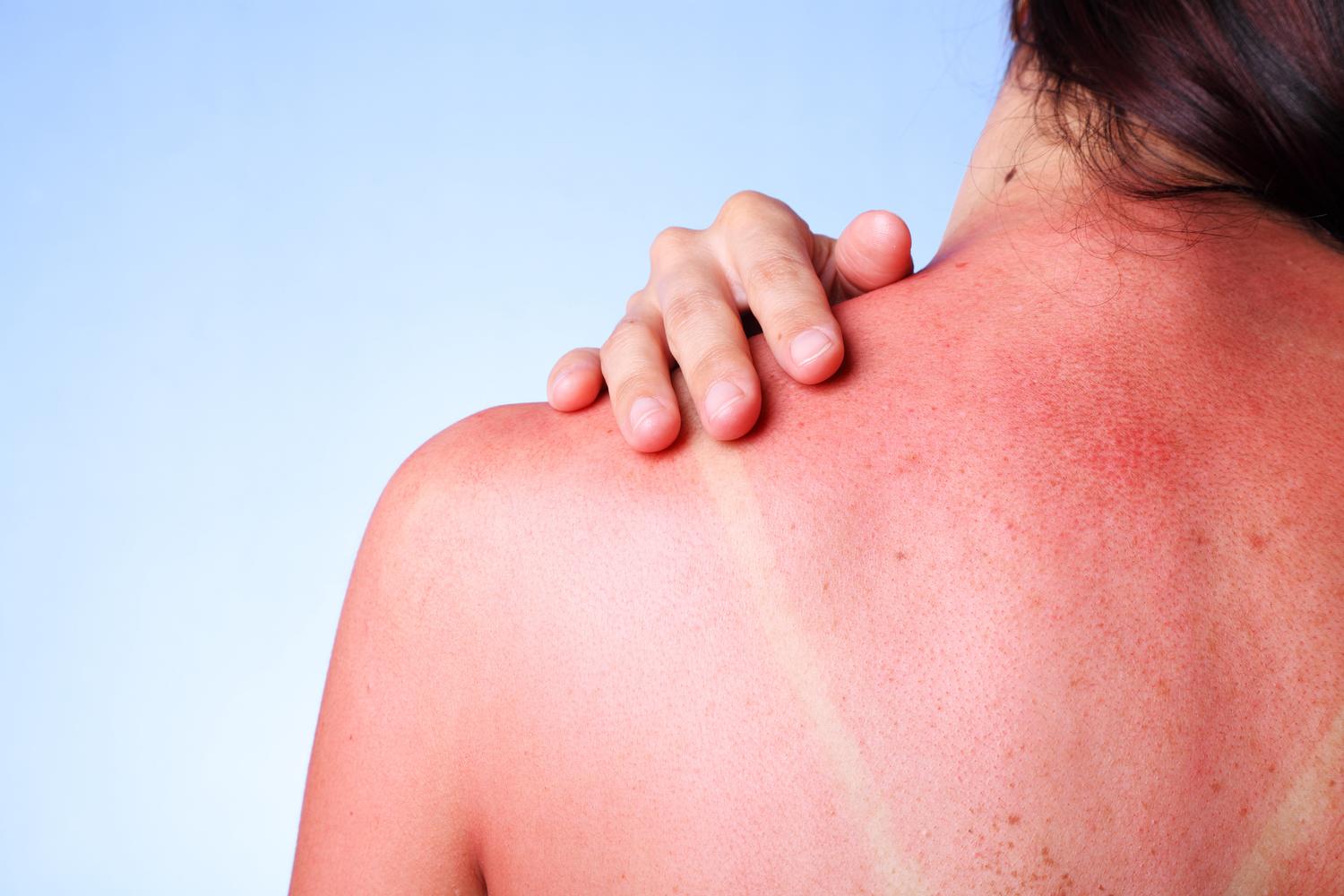
Around a third of Americans report getting sunburned each year. Common as sunburns are, they're also painful and can cause long-term damage to your skin. Read on for treatment and prevention tips to help keep your skin protected now and into the future
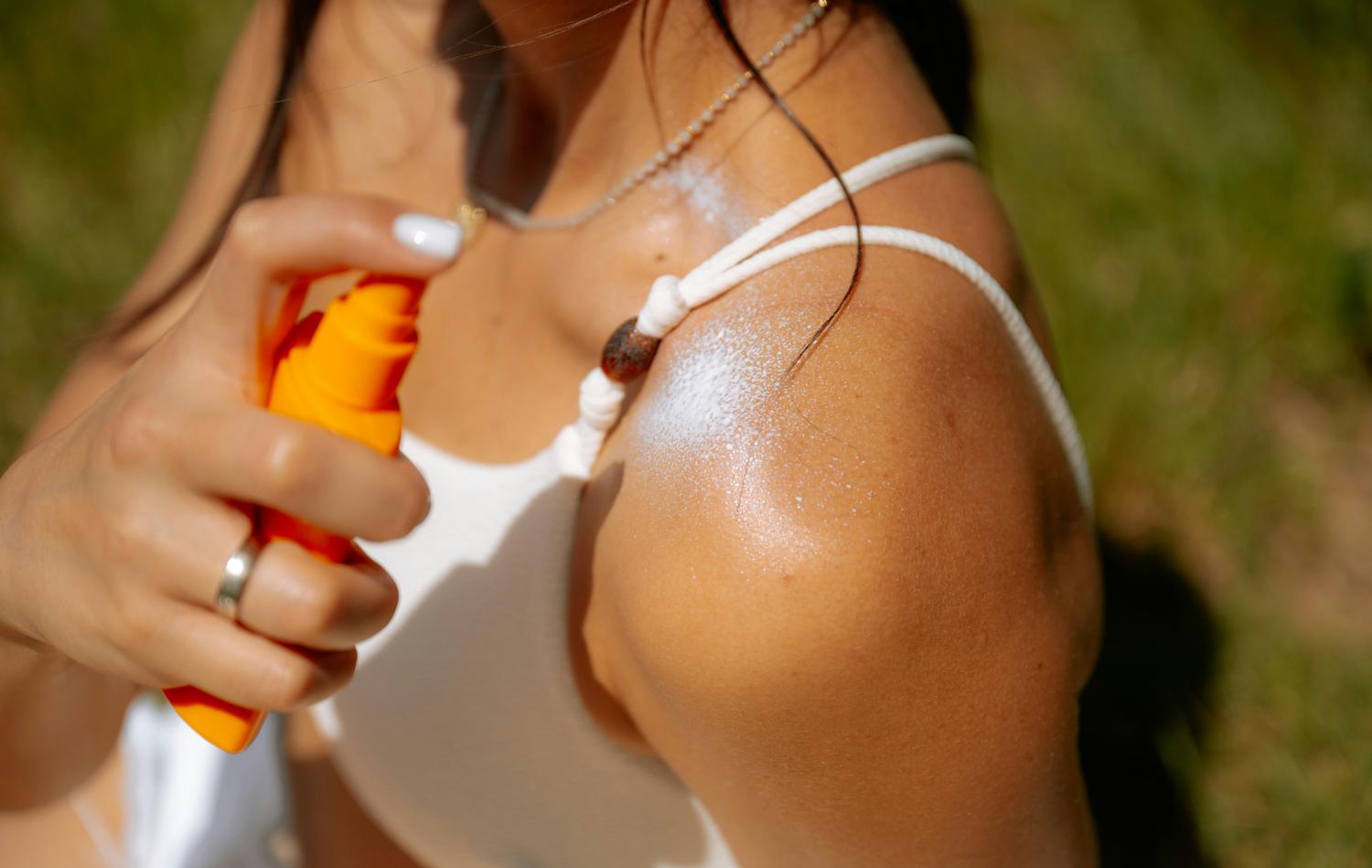
Is there really a difference between SPF 30 and SPF 50? And how can you get the most protection out of your sunscreen? Read on to learn more about SPF strength differences and how to protect your skin from the sun’s harmful rays.
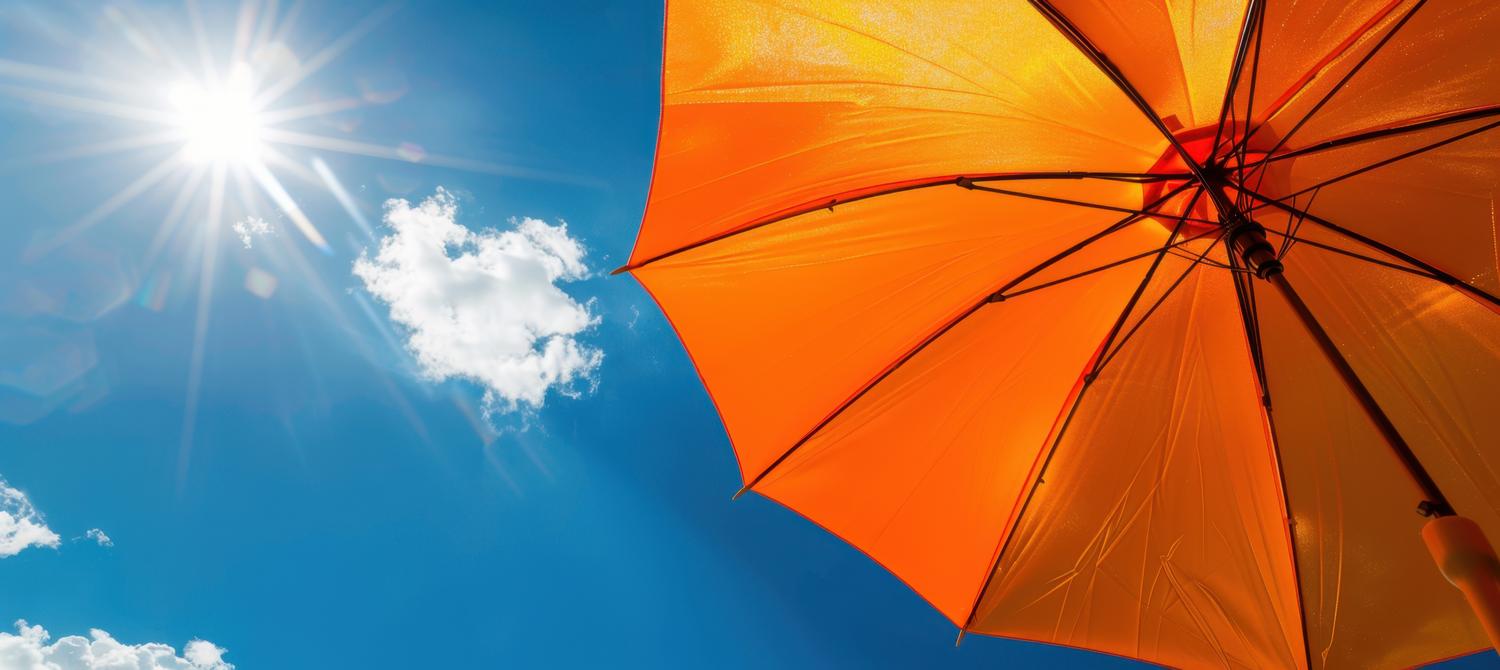
Learn the differences between UVA and UVB rays, their effects on your skin and how to protect yourself. Discover the risks of UV radiation, including skin cancer, and get practical tips for effective sun protection and choosing the right sunscreen.

Explore UV sunglasses, clothing, stickers, and beach umbrellas that enhance your sun protection routine, allowing you to enjoy summer safely. Learn how these products offer added defense against harmful UV rays.
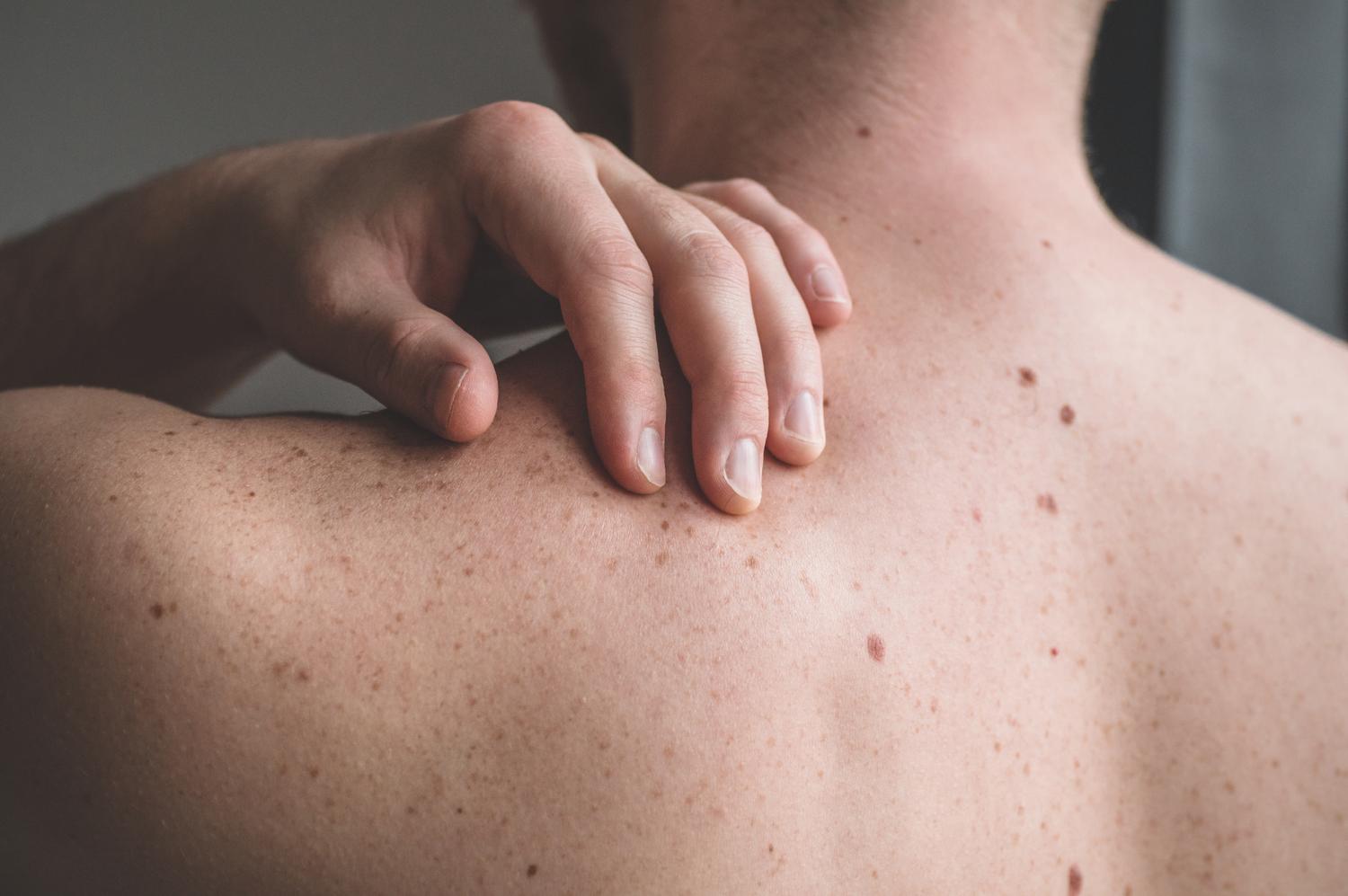
It’s so important to know the signs of skin cancer and treat it quickly. In this blog, we'll discuss the different types of skin cancer, along with 10 key signs and symptoms to be aware of.
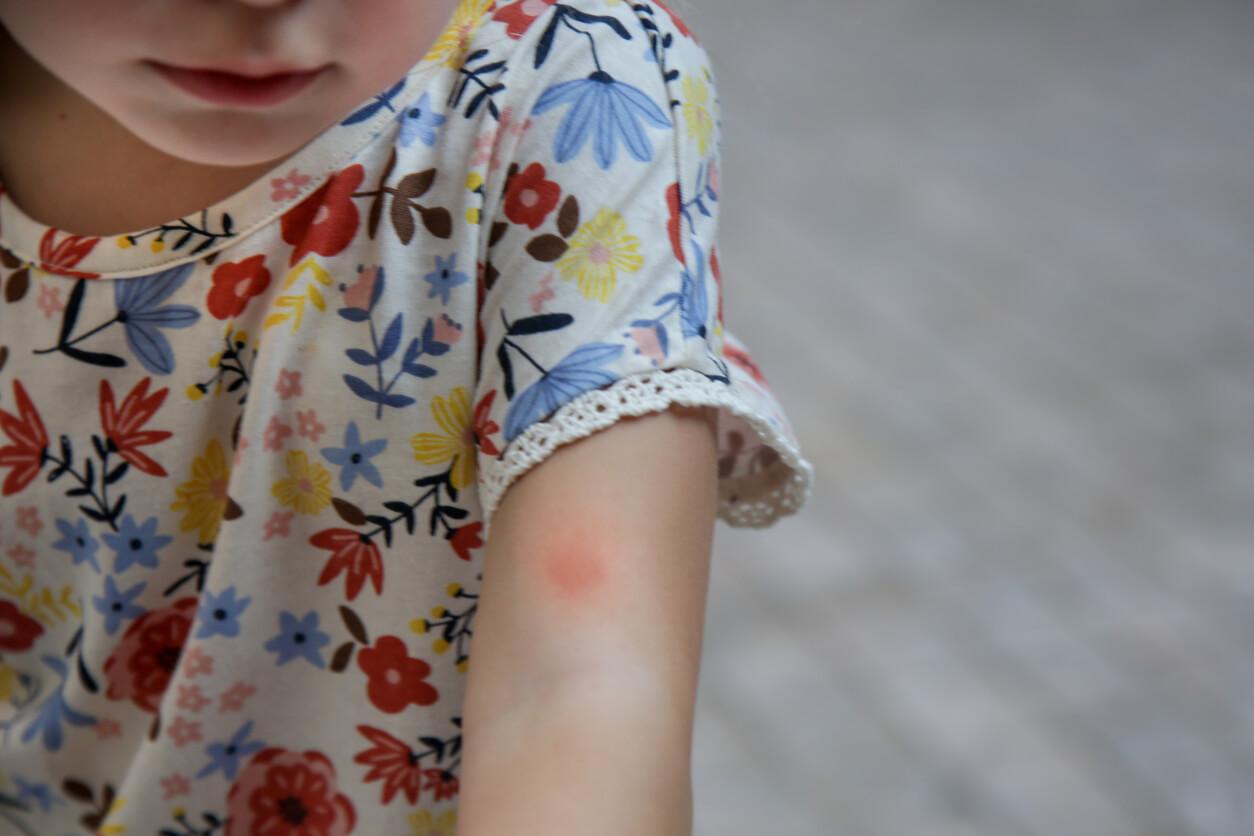
Bug bites often result in itchy red bumps or rashes on the skin. This is because the saliva or venom of the bug that bit you causes an allergic reaction in your body.
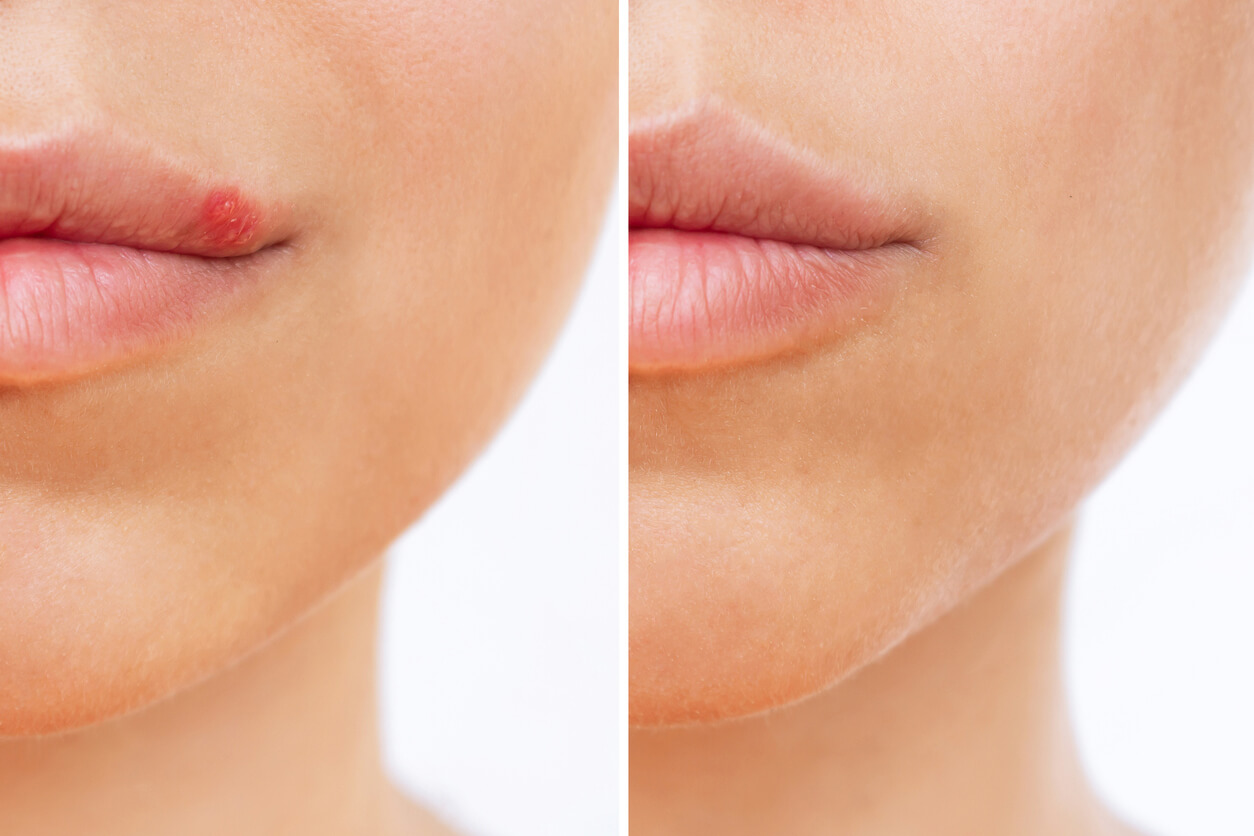
You cannot cure cold sores, but you don’t have to suffer from symptoms. Learn more about prescription and OTC medication and home remedies to treat cold sores.
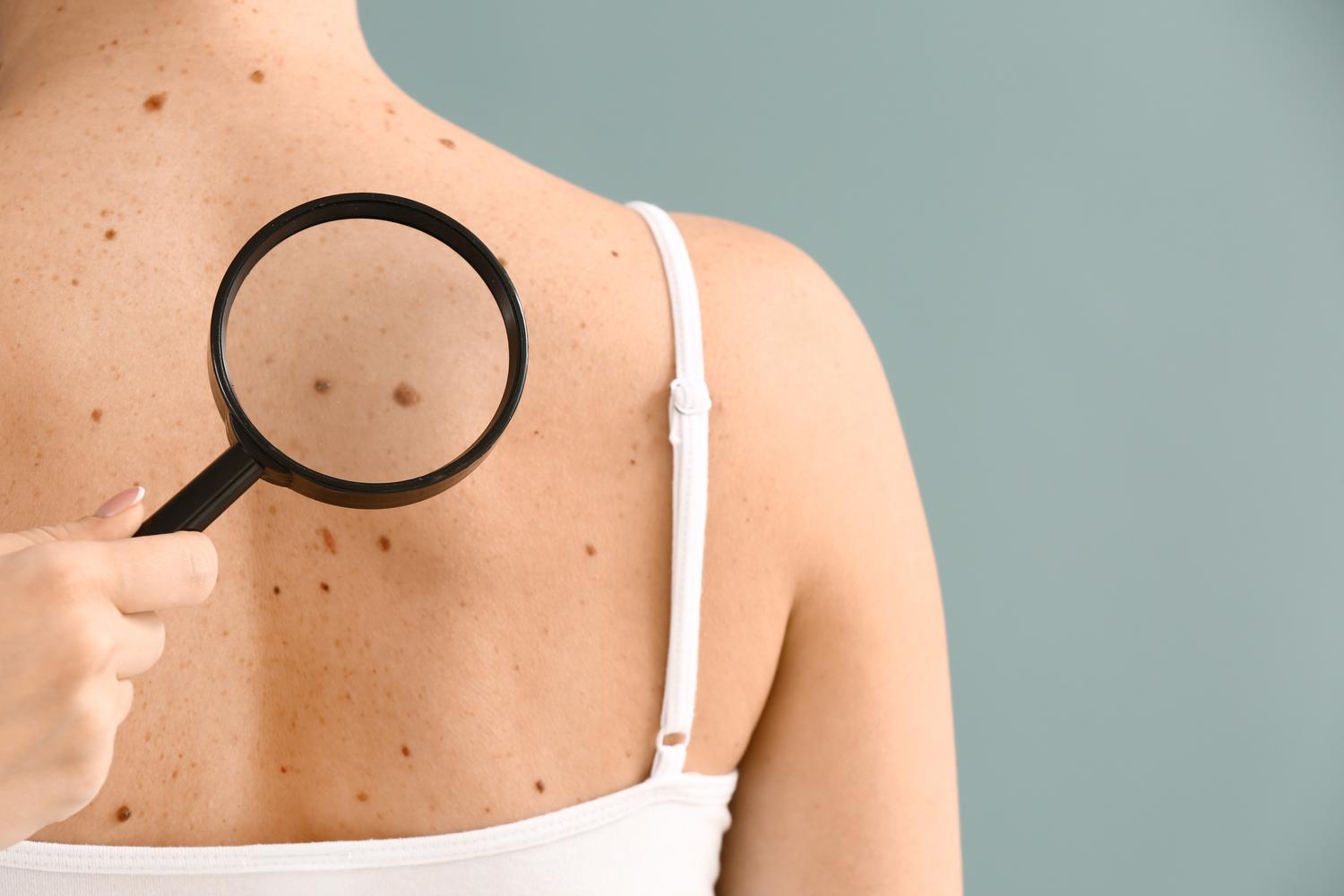
An estimated one in five Americans will develop skin cancer in their lifetime. Here's what you need to know about skin cancer causes, detection and prevention.
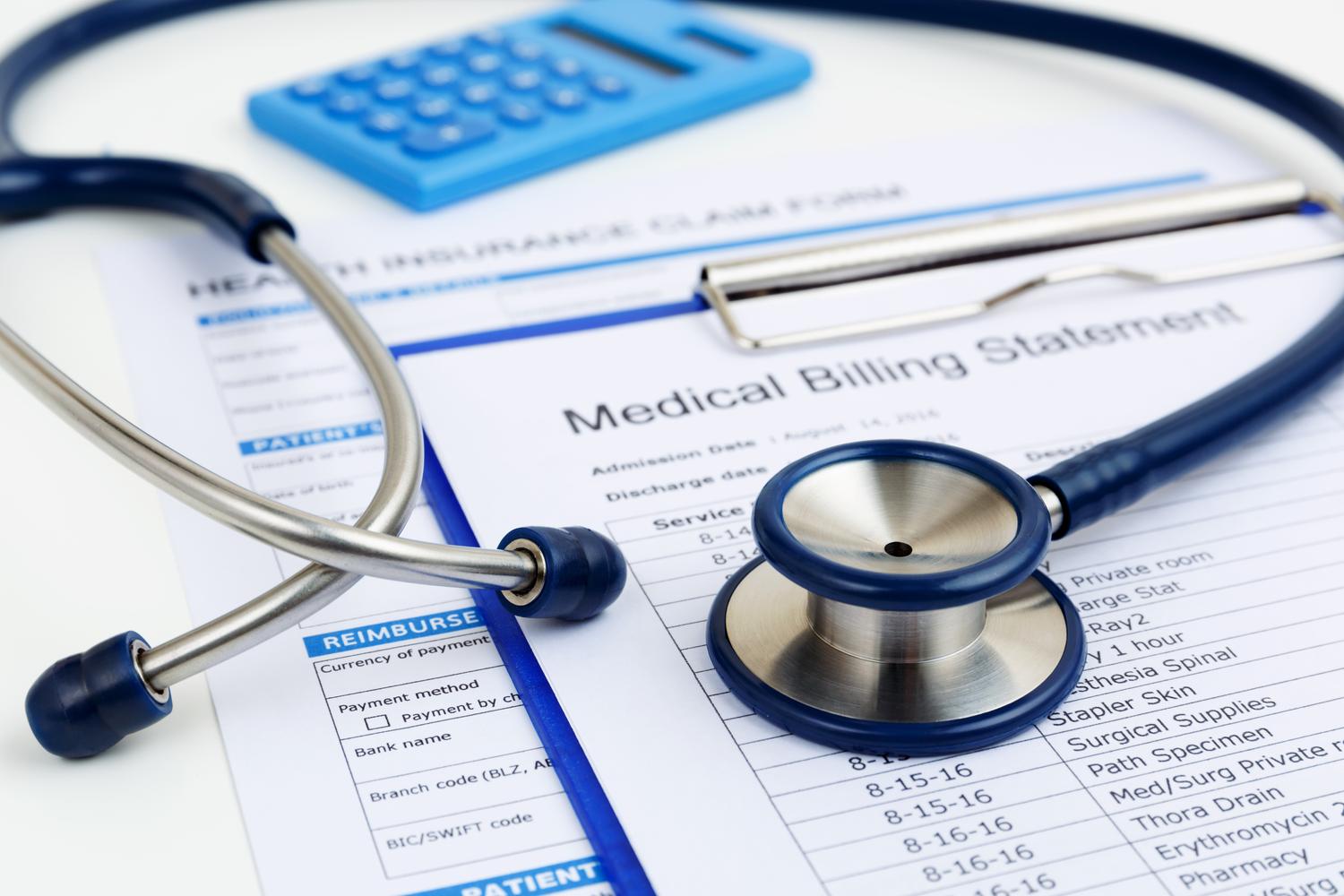
Today in the New York Times, an excellent guest essay by a pair of economists, Drs. Liran Einav and Amy Finkelstein, highlights how America's fragmented approach to providing health care has us spending a lot but getting a little.
